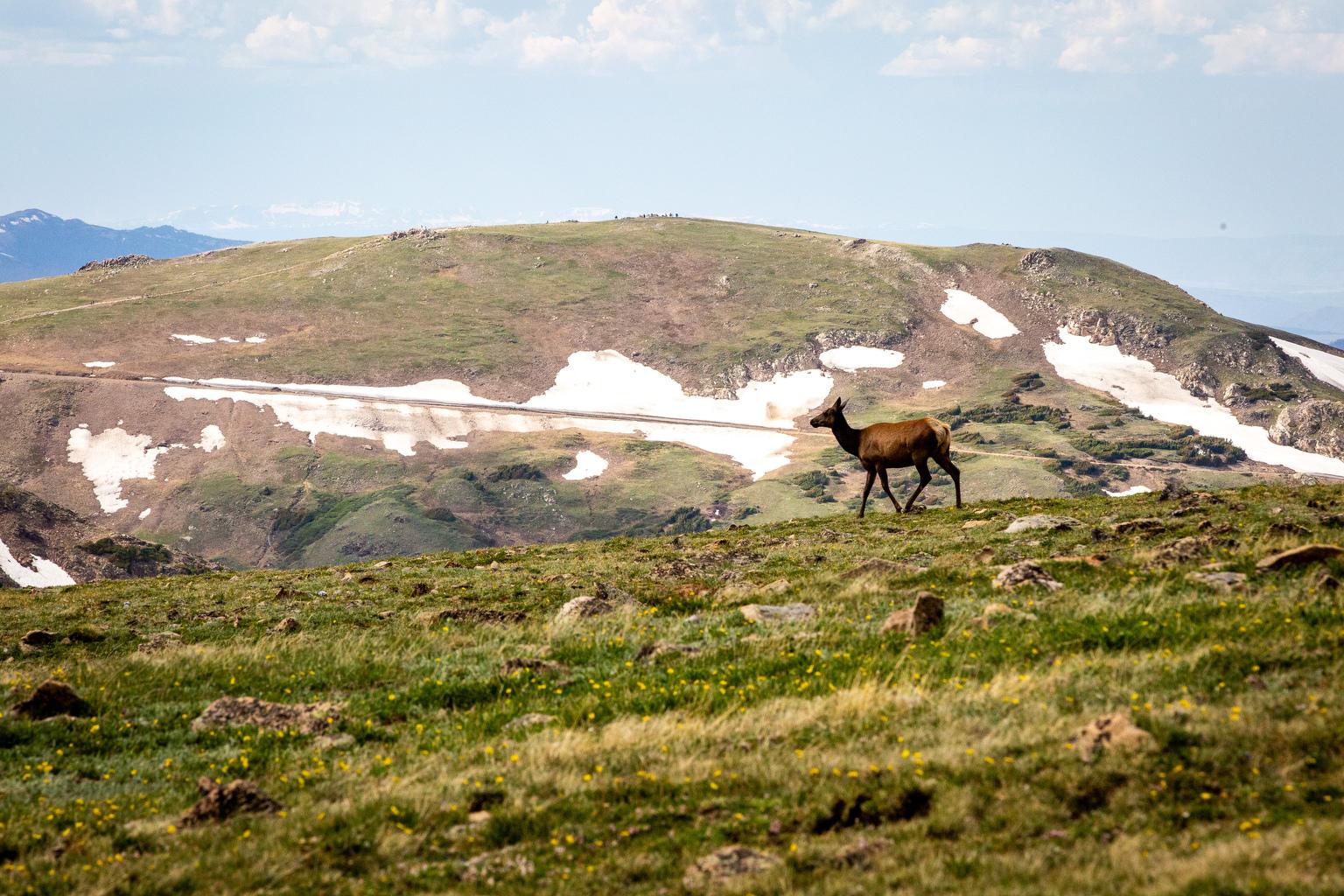
This is “Looking UP! in southern Colorado,” from the Colorado Springs Astronomical Society. I’m Hal Bidlack, and there are lots of reasons to look up!
Astronomers use telescopes to look at distant stars. But how big a telescope do you think you would need to be able to see the closest star to us here on the Earth?
Okay, it’s a trick question – the answer is none! Our own sun is the closest star to us. And while it is about 93 million miles away, astronomically speaking that is right next door!
Our sun contains over 99.8% of all the matter in our Solar System. Of that .2% that is left, Jupiter makes up over 90% of that! So our Earth is really a tiny speck relative to the sun. The Earth is about 8,000 miles across but the Sun is over 100 times bigger, at about 865,000 miles in diameter. You could fit over 1.3 million Earths inside it!
At the Sun’s core, at a temperature of millions of degrees, hydrogen is fused into helium, releasing massive amounts of energy. In one second, the Sun produces enough energy to supply every power need on Earth for 1 Million years! With special filters on our telescopes, we can look directly at the Sun, and see its roiling surface as well as giant flairs of plasma and gas as they explode off into space.
Our sun is middle aged. It formed over 4.5 billion years ago, out of the gas and dust left over when earlier stars exploded at the end of their lives. The sun will shine for another 5 billion years or so, when it will begin to expand as it runs out of hydrogen and helium and starts fusing other elements. And, by the way, we are all doomed! While the sun will eventually grow so big that it engulfs the Earth, we only have a billion, maybe two billion years tops before the increased radiation from the sun fries all life on Earth. So, maybe go ahead and have that extra dessert. In a few billion years, it won’t matter.
If you’d like to take a closer look at the Sun, or any of the other wonderful and amazing things in the sky, please visit KRCC.org or CSASTRO.org for a link to information on our monthly meetings and our free public star parties!
This is Hal Bidlack for the Colorado Springs Astronomical Society, telling you to keep looking up, Southern Colorado!








